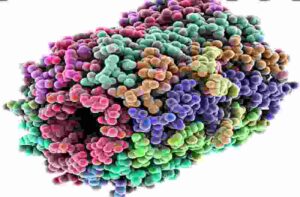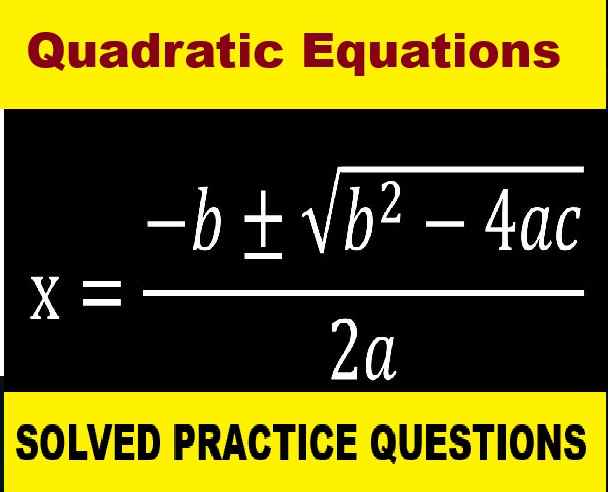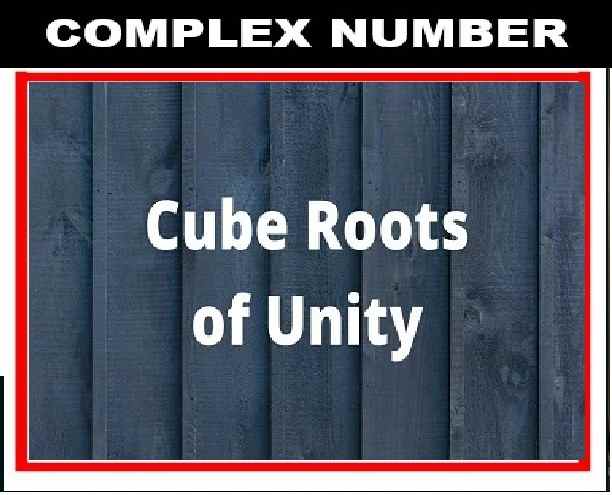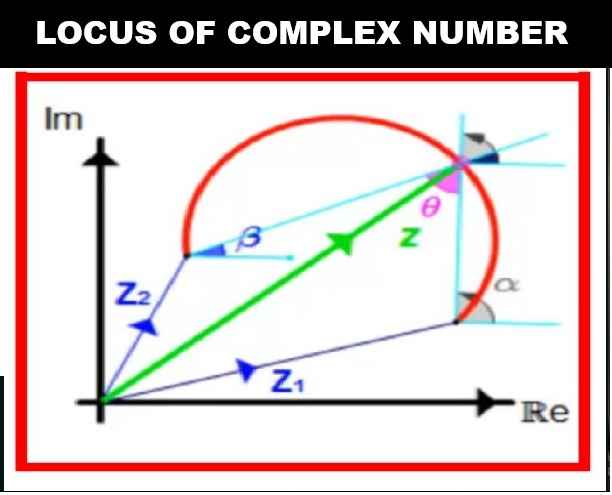MCQs Biomolecule for ISC Class 12 Questions with Answers. These MCQ / Objective Type Questions is based on latest reduced syllabus according 2021-22 session on bifurcated pattern. Main motto of MCQ Type Question is cracking the next upcoming Sem-2 exam of council. Visit official website CISCE for detail information about ISC Class-12 Chemistry
Biomolecule MCQs Questions with Answers for ISC Chemistry Class 12

| Board | ISC |
| Class | 12th (XII) |
| Subject | Chemistry |
| Chapter | Biomolecule |
| Syllabus | on bifurcated syllabus (after reduction) |
| Session | 2021-22 |
| Bifurcated | Sem-2 |
| Topic | MCQs / Objective Type Question |
MCQs Biomolecule for ISC Class 12 Questions with Answers
Question 1: Which of the following gives positive Fehling solution test?
(a) Protein
(b) Sucrose
(c) Glucose
(d) Fats
Answer : (c) Glucose
Question 2: The couplings between base units of DNA is through
(a) hydrogen bonding
(b) electrostatic bonding
(c) covalent bonding
(d) van der Waals’ forces.
Answer : (a) hydrogen bonding
Question 3: An example of biopolymer is
(a) teflon
(b) neoprene
(c) nylon-6, 6
(d) DNA.
Answer : (d) DNA.
Question 4: Which of the following statements is incorrect regarding glucose?
(a) It is an aldohexose.
(b) It is also known as dextrose
(c) It is monomer of cellulose.
(d) It is the least abundant organic compound on earth.
Answer : (d) It is the least abundant organic compound on earth.
Question 5: The helical structure of protein is stabilised by
(a) dipeptide bonds
(b) hydrogen bonds
(c) ether bonds
(d) peptide bonds.
Answer : (b) hydrogen bonds
Question 6: Glucose gives silver mirror test with Tollen’s reagent. It shows the presence of
(a) acidic group
(b) alcoholic group
(c) ketonic group
(d) aldehyde group
Answer : (d) aldehyde group
Question 7: Which is not true statement?
(a) a-Carbon of a-amino acid is asymmetric.
(b) All proteins are found in L-form.
(c) Human body can synthesise all proteins they need.
(d) At pH = 7 both amino and carboxylic groups exist in ionised form.
Answer : (b) All proteins are found in L-form.
Question 8: Phospholipids are esters of glycerol with
(a) three carboxylic acid residues
(b) two carboxylic acid residues and one phosphate group
(c) one carboxylic acid residue and two phosphate groups
(d) three phosphate groups.
Answer : (b) two carboxylic acid residues and one phosphate group
Question 9: The number of molecules of ATP produced in the lipid metabolism of a molecule of palmitic acid is
(a) 56
(b) 36
(c) 130
(d) 86
Answer : (c) 130
Question 10: A sequence of how many nucleotides in messenger RNA makes a codon for an amino acid?
(a) Three
(b) Four
(c) One
(d) Two
Answer : (a) Three
Question 11: Sucrose on hydrolysis gives
(a) b-D-glucose + a-D-fructose
(b) a-D-glucose + b-D-glucose
(c) a-D-glucose + b-D-fructose
(d) a-D-fructose + b-D-fructose.
Answer : (c) a-D-glucose + b-D-fructose
Question 12: The correct statement in respect of protein haemoglobin is that it
(a) functions as a catalyst for biological reactions
(b) maintains blood sugar level
(c) acts as an oxygen carrier in the blood
(d) forms antibodies and offers resistance to diseases.
Answer : (c) acts as an oxygen carrier in the blood
Question 13: Which of the following is correct about H-bonding in nucleotide?
(a) A – T, G – C
(b) A – G , T – C
(c) G – T, A – C
(d) A – A, T – T
Answer : (a) A – T, G – C
Question 14: Which is the correct statement?
(a) Starch is a polymer of a-glucose.
(b) Amylose is a component of cellulose.
(c) Proteins are composed of only one type of amino acid.
(d) In cyclic structure of fructose, there are four carbons and one oxygen atom.
Answer : (a) Starch is a polymer of a-glucose.
Question 15: Haemoglobin is
(a) a vitamin
(b) a carbohydrate
(c) an enzyme
(d) a globular protein
Answer : (d) a globular protein
Question 16: Which one is responsible for production of energy in biochemical reaction?
(a) Thyroxine
(b) Adrenaline
(c) Oestrogen
(d) Progesterone
Answer : (a) Thyroxine
Question 17: The secondary structure of a protein refers to
(a) regular folding patterns of continuous portions of the polypeptide chain
(b) three-dimensional structure, specially the bond between amino acid residues that are distant from each other in the polypeptide chain
(c) mainly denatured proteins and structures of prosthetic groups
(d) linear sequence of amino acid residues in the polypeptide chain.
Answer : (a) regular folding patterns of continuous portions of the polypeptide chain
Question 18: Enzymes are made up of
(a) edible proteins
(b) proteins with specific structure
(c) nitrogen containing carbohydrates
(d) carbohydrates.
Answer : (b) proteins with specific structure
Question 19: The function of glucose is to
(a) provides energy
(b) promote growth
(c) prevent diseases
(d) perform all above
Answer : (a) provides energy
Question 20: Invert sugar is
(a) a type of cane sugar
(b) optically inactive form of sugar
(c) mixture of glucose and galactose
(d) mixture of glucose and fructose in equimolar quantities
Answer : (d) mixture of glucose and fructose in equimolar quantities
Question 21: Which of the following is correct?
(a) Cycloheptane is an aromatic compound.
(b) Diastase is an enzyme.
(c) Acetophenone is an ether.
(d) All of these.
Answer : (b) Diastase is an enzyme.
Question 22: Which of the following statements is not correct?
(a) Ovalbumin is a simple food reserve in eggwhite.
(b) Blood proteins thrombin and fibrinogen are involved in blood clotting.
(c) Denaturation makes the proteins more active.
(d) Insulin maintains sugar level in the blood of a human body.
Answer : (c) Denaturation makes the proteins more active.
Question 23: Which of the following hormones is produced under the conditions of stress which stimulate glycogenolysis in the liver of human beings?
(a) Thyroxin
(b) Insulin
(c) Adrenaline
(d) Estradiol
Answer : (c) Adrenaline
Question 24: The statement that is not correct is
(a) aldose or ketose sugars in alkaline medium do not isomerise
(b) carbohydrates are optically active
(c) penta acetate of glucose does not react with hydroxy !amine
(d) lactose has glycosidic linkage between C4 of glucose and C1 of galactose unit
Answer : (a) aldose or ketose sugars in alkaline medium do not isomerise
Question 25: The carbohydrate used as storage molecule in animal is
(a) sucrose
(b) glycogen
(c) maltose
(d) glucose
Answer : (b) glycogen
Question 26: The human body does not produce
(a) enzymes
(b) DNA
(c) vitamins
(d) hormones.
Answer : (c) vitamins
Question 27: Raffinose is
(a) trisaccharide
(b) disaccharide
(c) monosaccharide
(d) polysaccharide
Answer : (a) trisaccharide
Question 28: Vitamin B12 contains
(a) Fe (II)
(b) Co (III)
(c) Zn (II)
(d) Ca (II)
Answer : (b) Co (III)
Question 29: The central dogma of molecular genetics states that the genetic information flows from
(a) Amino acids → Proteins → DNA
(b) DNA → Carbohydrates → Proteins
(c) DNA → RNA → Proteins
(d) DNA → RNA → Carbohydrates
Answer : (c) DNA → RNA → Proteins
Question 30: The beta and alpha glucose have different specific rotations. When either is dissolved in water, their rotation changes until the same fixed value results. This is called
(a) epimerisation
(b) racemisation
(c) anomerisation
(d) mutarotation
Answer : (d) mutarotation
Question 31: In DNA, the complimentary bases are
(a) adenine and guanine; thymine and cytosine
(b) uracil and adenine; cytosine and guanine
(c) adenine and thymine; guanine and cytosine
(d) adenine and thymine; guanine and uracil.
Answer : (c) adenine and thymine; guanine and cytosine
Question 32: The anomeric carbon in D(+) glucose is
(a) C-1 carbon
(b) C-2 carbon
(c) C-5 carbon
(d) C-6 carbon
Answer : (a) C-1 carbon
Question 33: The symbols D and L represents
(a) the optical activity of compounds.
(b) the relative configuration of a particular stereoisomer.
(c) the dextrorotatory nature of molecule.
(d) the levorotatory nature of molecule
Answer : (b) the relative configuration of a particular stereoisomer.
Question 34: Which of the following compounds is found abundatly in nature?
(a) Fructose
(b) Starch
(c) Glucose
(d) Cellulose
Answer : (b) Starch and (d) Cellulose
Question 35: Glycosidic linkage is an
(a) amide linkage
(b) ester linkage
(c) ether linkage
(d) acetyl linkage
Answer : (c) ether linkage
Question 36: The general formula of carbohydrates is
(a) CnH2n+1O
(b) CnH2nO
(c) Cx(H2O)
(d) Cn(H2,O)2n
Answer : (c) Cx(H2O)
Question 37: The a-and p-forms of glucose are
(a) isomers of D (+) glucose and L (-) glucose respectively
(b) diastereomers of glucose
(c) anomers of glucose
(d) isomers which differ in the configuration of C-2
Answer : (c) anomers of glucose
Question 38: What are the hydrolysis products of sucrose?
(a) Fructose + Fructose
(b) Glucose + Glucose
(c) Glucose + Galactose
(d) D-Glucose + D-Fructose
Answer : (d) D-Glucose + D-Fructose
Question 39: Which of the following reaction confirms the presence of carbonyl group (> C—O) in glucose?
(a) Reaction with HI
(b) Reaction with hydroxylamine
(c) Reaction with HCN
(d) Both (b) and (c)
Answer : (d) Both (b) and (c)
Question 40: DNA and RNA contain four bases each. Which of the following bases is not present in RNA?
(a) Adenine
(b) Uracil
(c) Thymine
(d) Cytosine
Answer : (c) Thymine
–: End of MCQs Biomolecule for ISC Class-12 Chemistry :–
-: also visit :-
- ISC Sem-2 Question Bank Class-12
- Sem-2 ISC Specimen Paper for Class-12
- ISC Class-12 Textbook Solutions ,Syllabus, Solved Paper
- Previous Year Question Paper for ISC Class-12
Please share with your ISC friends if it is helpful
Thanks


